Recent study shows double roller conditioner can improve efficiency by up to 6 hours in alfalfa.
Maximizing forage quality is a race against the clock. From the moment forage reaches the optimal stage of maturity, through mowing, all the way to bale storage — every step needs to be carefully planned to retain nutritional value.
When it comes to dry down, adding a conditioner to your process can improve efficiency. Roller conditioners crimp forage at set intervals. This varies, depending on make and model. Hesston by Massey Ferguson single conditioners use a factory-standard steel-on-steel system, which crimps every 3 to 4 inches. In addition to single conditioners, we are also the only hay tool manufacturer to produce a double conditioner. The TwinMax conditioner crimps the plant stem every 1.5 to 2 inches, allowing faster dissipation of moisture through the crimped stem for faster dry down — about 6 hours in our recent field study. The TwinMax is available with our 9300 Series RazorBar™ rotary disc headers on the WR9900 self-propelled windrower and our new WR Series windrower.
Examples of crimping
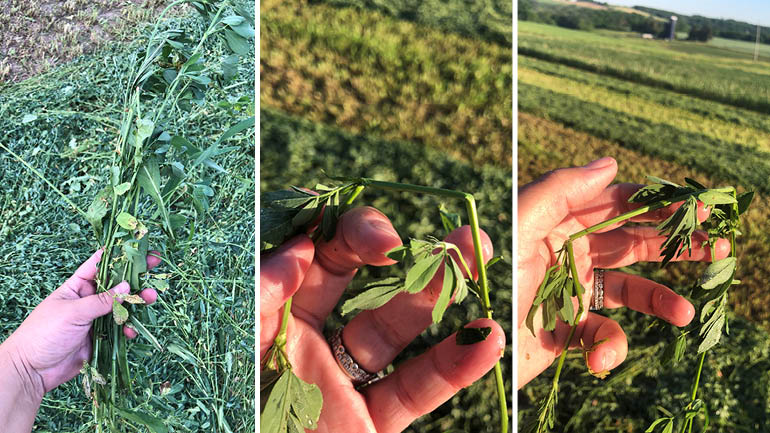
Figure 1. Examples of crimping in unconditioned (left), double conditioned (center) and single conditioned (right) forage.
To determine just how much value conditioning can add to your operation, our agronomists recently conducted a field study. We looked at the effect of double, single and no conditioner on dry-down rate and forage quality on a second cutting alfalfa monoculture in Wisconsin. We used two WR9970 windrowers, one with a 9316D as our double conditioner example and one with a 9316S representing both single and, with the rolls opened up, no conditioner. We operated windrowers at 10 mph and 2100 rpm with a 2-inch cutting height above the soil surface on all treatments.
A note on the weather — the area experienced high humidity during the study, and the threat of rain caused us to end the study at 52 hours despite high moisture levels in some of the forage.
Here’s what we found:
No Conditioner Results
There are plenty of reasons an operation might choose to forgo a roller conditioner. Key among these are acreage and crop type. Roller conditioner options are limited on the compact pull-type mowers favored by smaller operations. Conventional hay and livestock operations can find mowers with single conditioners, like our Hesston by Massey Ferguson 1300 Series disc mower conditioner, but for those looking to only mow a few acres, the price for adding a conditioner might be more than the benefits gained.
Additionally, those producing fine-stem grass forage might find more success with a tine or impeller conditioner. Research has shown tine conditioners help to break up the waxy cuticle in grasses and increase dry-down efficiency by macerating the leaf and stem, allowing moisture to leave the crop sooner. However, in mixed stands or legume stands like alfalfa, these impellers can cause leaf loss in legume forage, resulting in reduced quality. At this time, hay tool manufacturers have not provided a way to easily change out conditioner types, so farmers must make a choice based on their operational goals and crop type.
There are other reasons for not using a conditioner, as well. In our field study, though, no conditioning resulted in the longest dry-down times (Figure 1). At mowing, all forage was approximately 75%-78% moisture. The target for the project was to allow all treatments to dry down to 15% moisture, ideal for dry hay. As with real world conditions, our study faced time and weather constraints. In the end, the nonconditioned treatment never got below 34% moisture before it was baled and wrapped for baled silage.
Dry-Down Rate
Figure 1. Dry-down rate of alfalfa either not conditioned, single conditioned, double conditioned.
Crude protein (CP) was approximately 2% greater from the 12-hour point through the conclusion of the study (52h) at each time collection point for unconditioned alfalfa. However, the unconditioned forage never reached a moisture favorable for dry hay. Despite the CP being slightly greater at each collection period, when measured on a moisture basis, the unconditioned alfalfa only had 1% greater protein value than the conditioned alfalfa (Figure 2). Because we were unable to get the unconditioned forage dried down to a favorable moisture for baling, the final collection taken with this treatment was significantly wetter.
Crude Protein Values
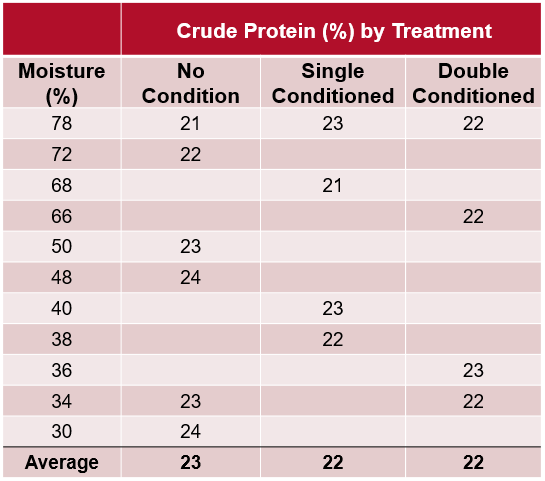
Figure 2. Crude protein (CP) of alfalfa conditioned with: no conditioner, single conditioner or double (TwinMax) conditioner.
Single Conditioner Results
On the other hand, conditioned forage, both single and double, immediately began drying down faster than the nonconditioned treatment. The single conditioned treatment maintained a dry-down rate of approximately 1% per hour.
Additionally, both conditioned treatments had 3% greater total digestible nutrients (TDN) immediately after mowing (0h) compared to unconditioned forage (Figure 3). During the dry-down process, TDN in unconditioned forage and single conditioned forage evened out by the last collection period (52h). It is worth noting, however, that at this point the single conditioned forage was at 20% moisture compared to the unconditioned sample’s 32%.
Total Digestible Nutrients
Figure 3. Total digestible nutrients (TDN) of alfalfa conditioned with: no conditioner, single conditioner or double (TwinMax) conditioner.
Double Conditioner Results
Overall, our study found that double conditioning provided the most benefit when it came to dry-down rates and forage quality. At the 24-hour mark, double conditioned forage was about 20% drier than the unconditioned treatment and about 5% drier than single conditioned forage. Throughout the study, double conditioned forage remained 3%-6% drier than single conditioned with a dry-down rate of 1.3% per hour. The double conditioned treatment reached 15% moisture 5-6 hours sooner, which makes a big difference in when weather becomes a factor.
The double conditioned treatment also had a 2% greater TDN at the 52-hour collection point. We plan to conduct this trial again in a different location with different environmental conditions to verify our findings. For now, though, it’s important to note that double conditioned forage provided a faster dry down while retaining TDN.
Which Conditioner Is Right for My Operation?
This study proved that using a TwinMax double conditioner in alfalfa resulted in a faster dry-down rate. Imagine what baling six hours earlier could do to your productivity and forage quality. Assuming a 1% dry matter loss for every 4.8 hours forage lays on the ground prior to baling, as previous research has shown, farmers could see a yield improvement of approximately 1%-2% dry matter yield. A yield of 5 tons per acre, that factors out to an additional 100 pounds or $11 USD an acre, assuming a sale price of $220 USD a ton.
A double roller conditioner doesn’t make sense in every situation, but the benefits are clear when it does. Talk to your local Massy Ferguson and Hesston by Massey Ferguson dealer to discuss your individual operational needs. We have a range of hay tools that can be customize for any size operation and any mixture of forage types. For commercial operations looking to maximize their efficiency, our new WR Series self-propelled windrower with a double conditioner might provide the ultimate solution. Or perhaps a pull-type mower is more your speed. We’re here to walk through all your options and answer any question you have. Contact us today!

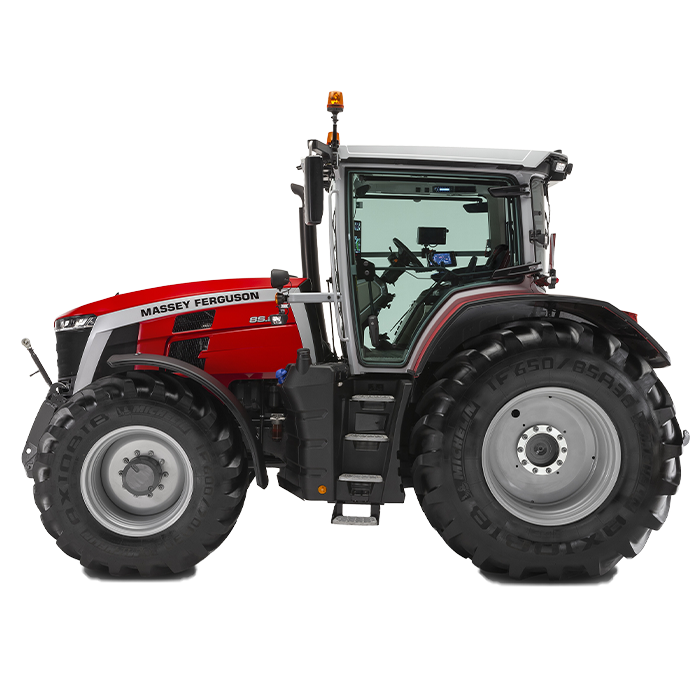
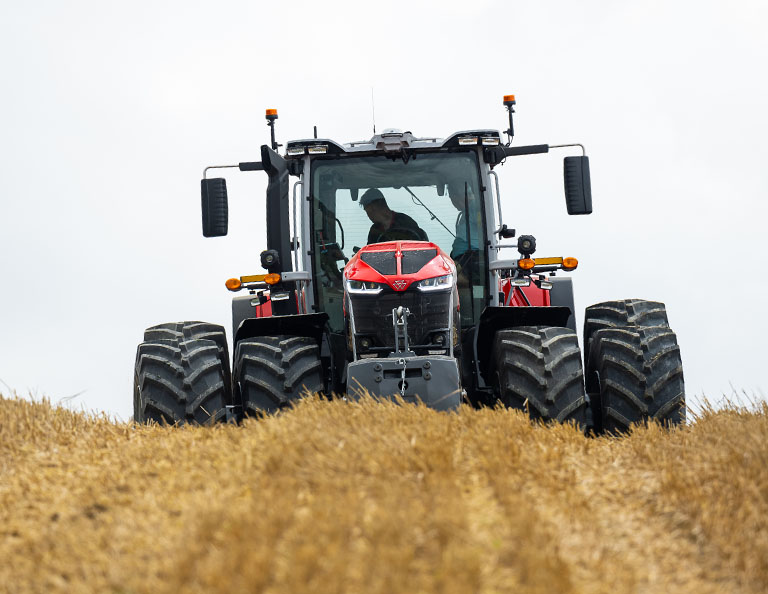

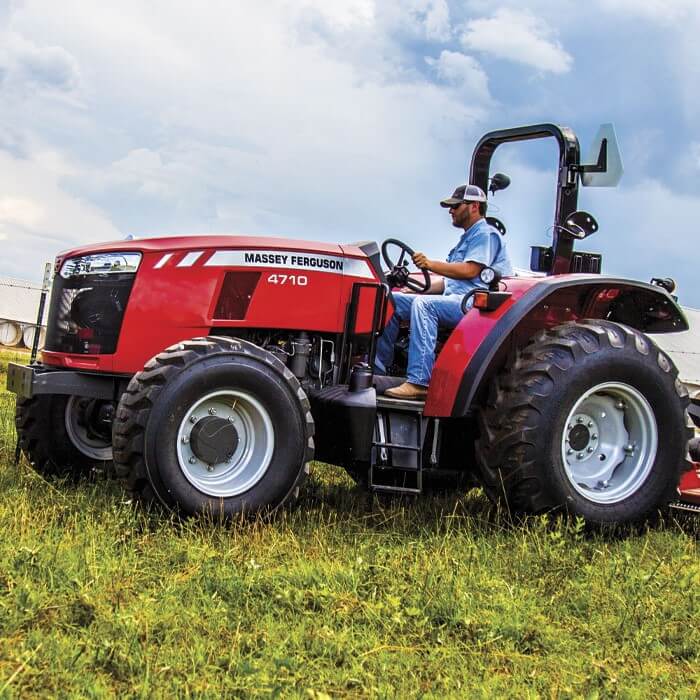


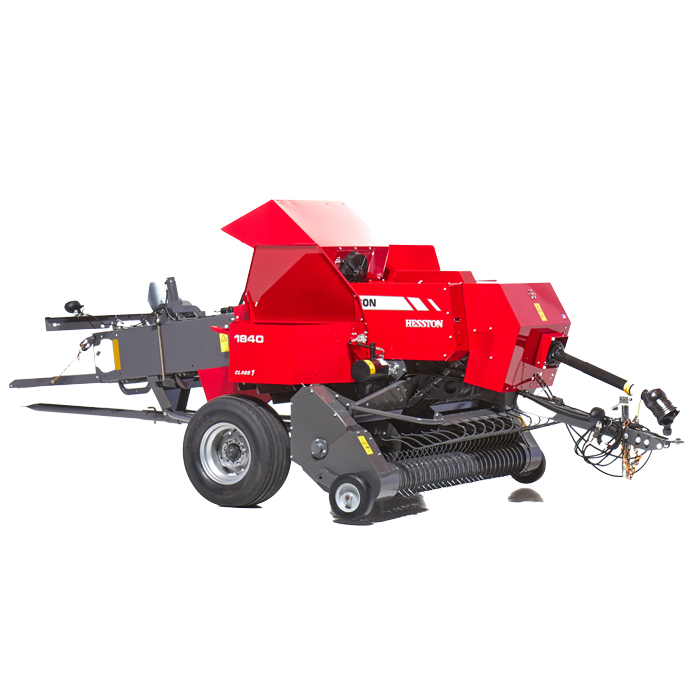
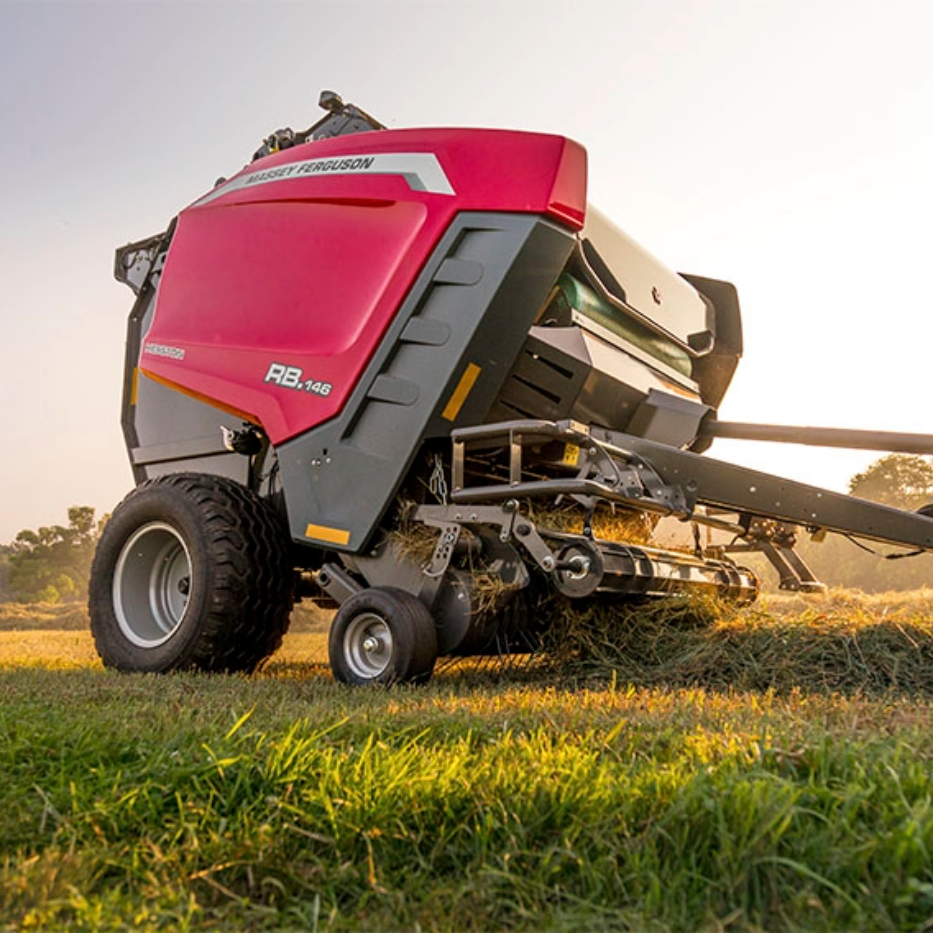
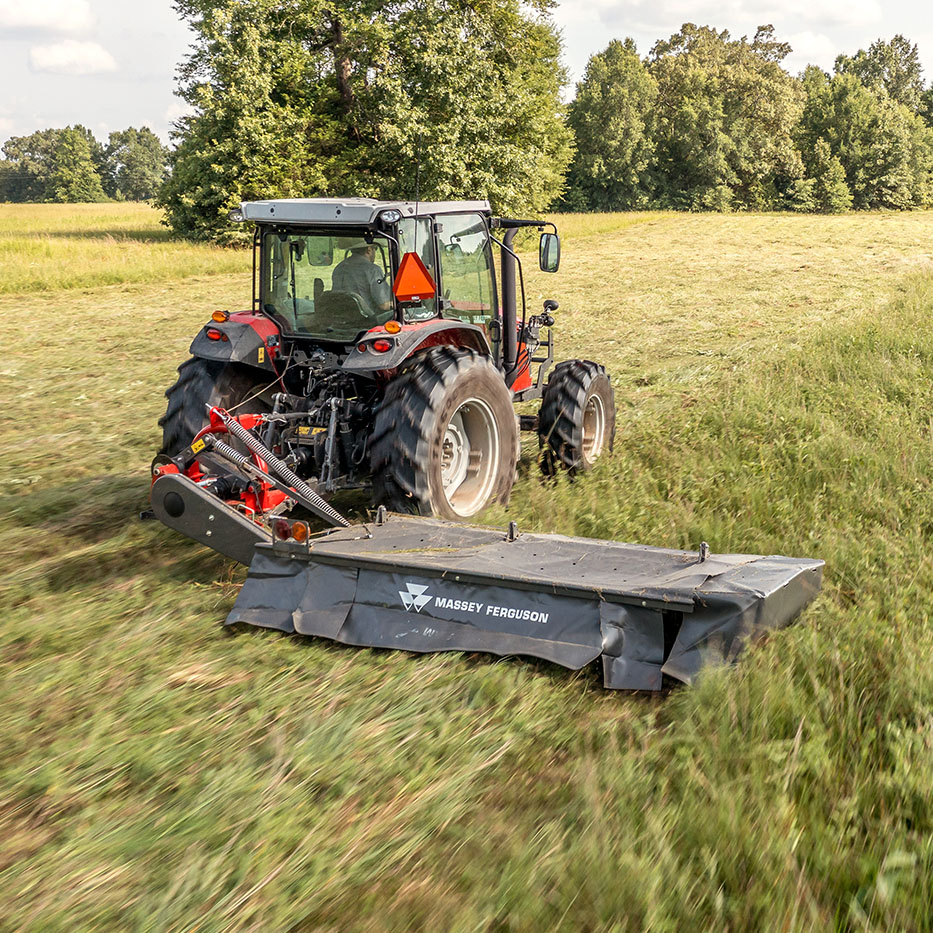
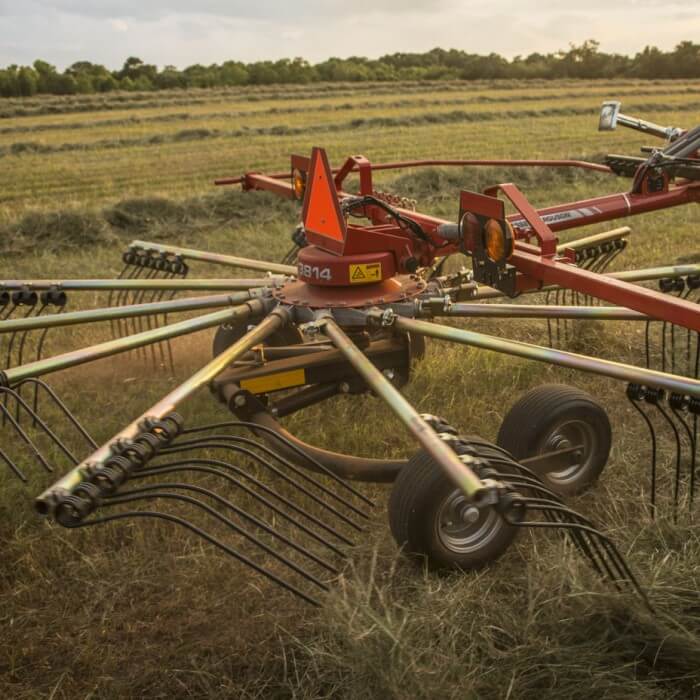
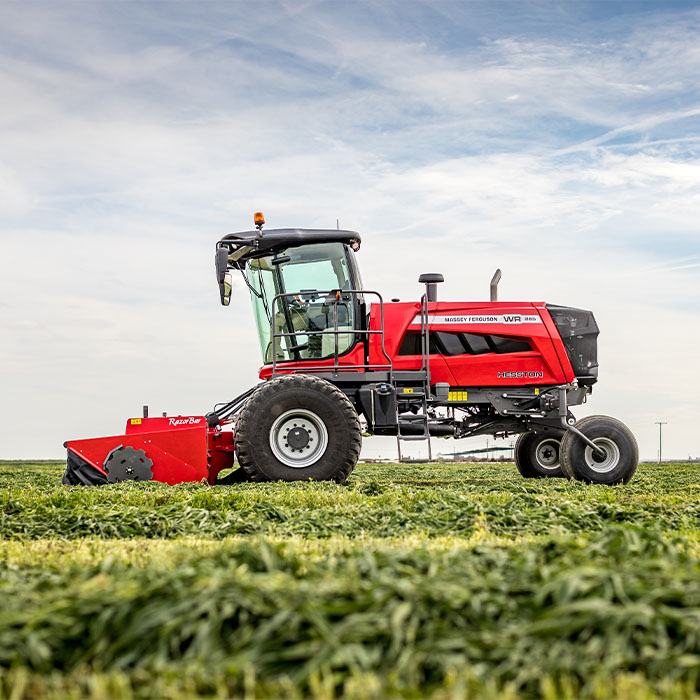
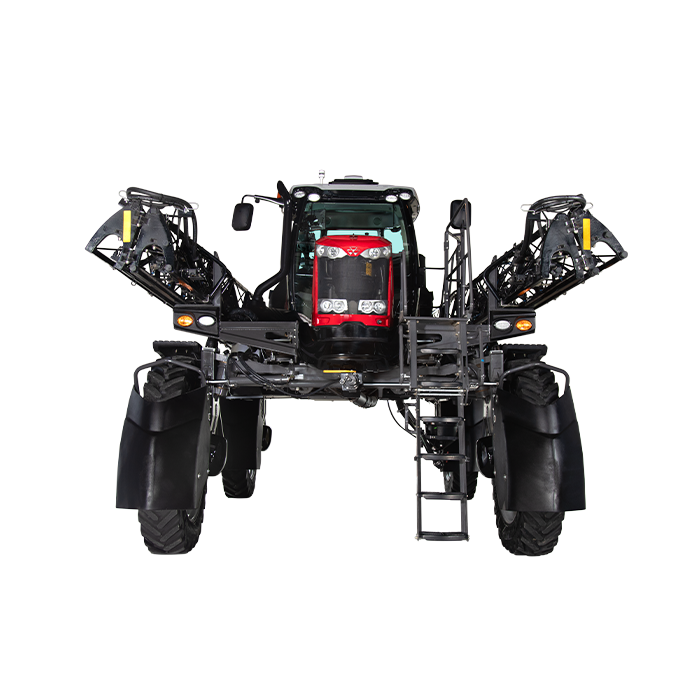

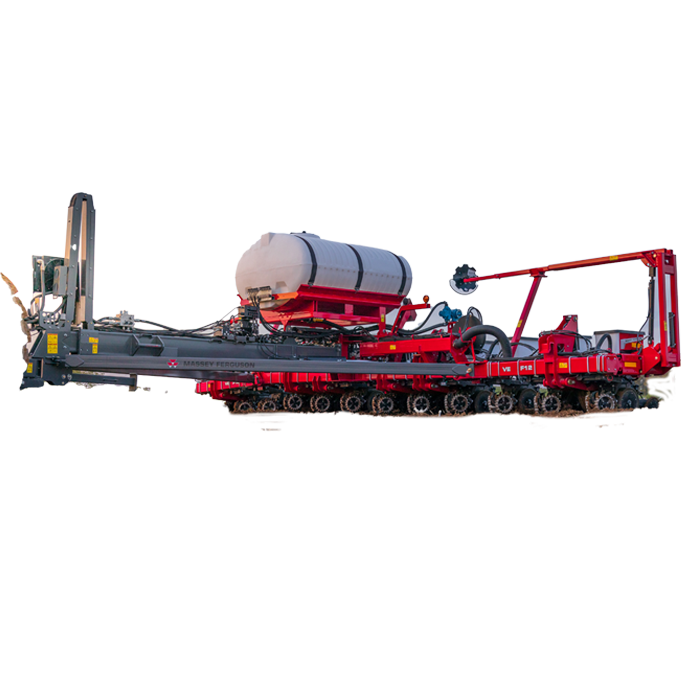
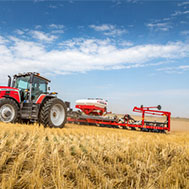
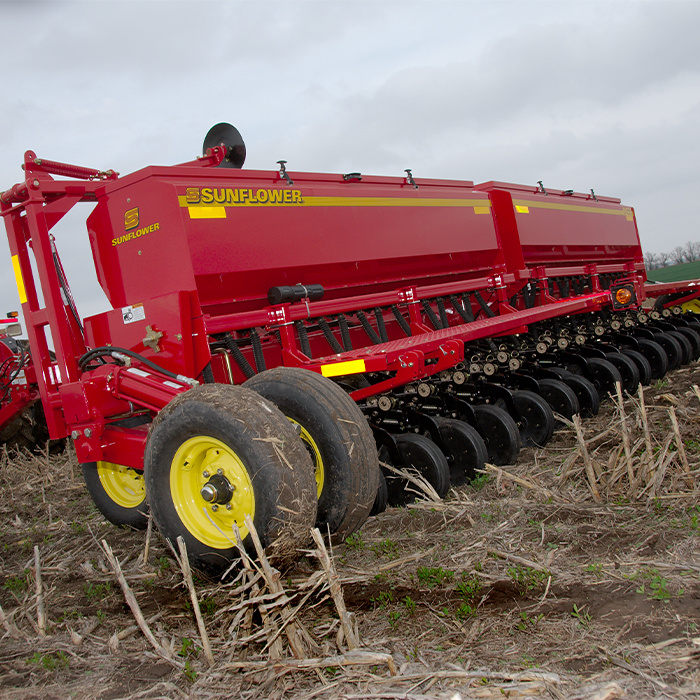
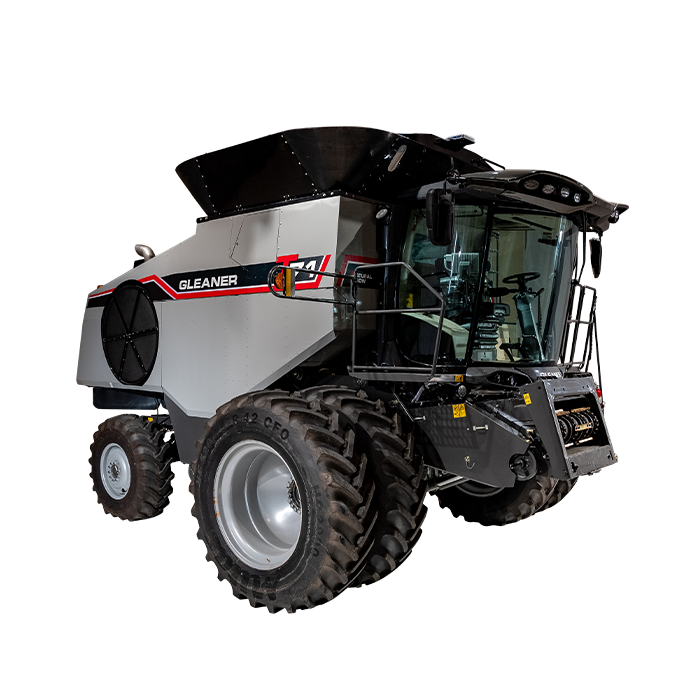

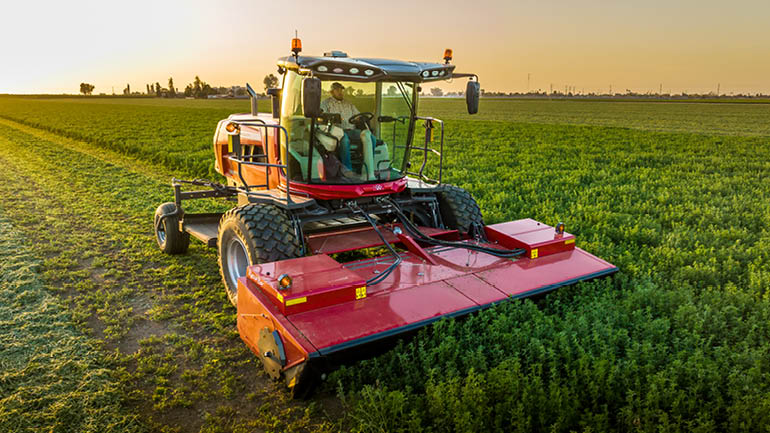
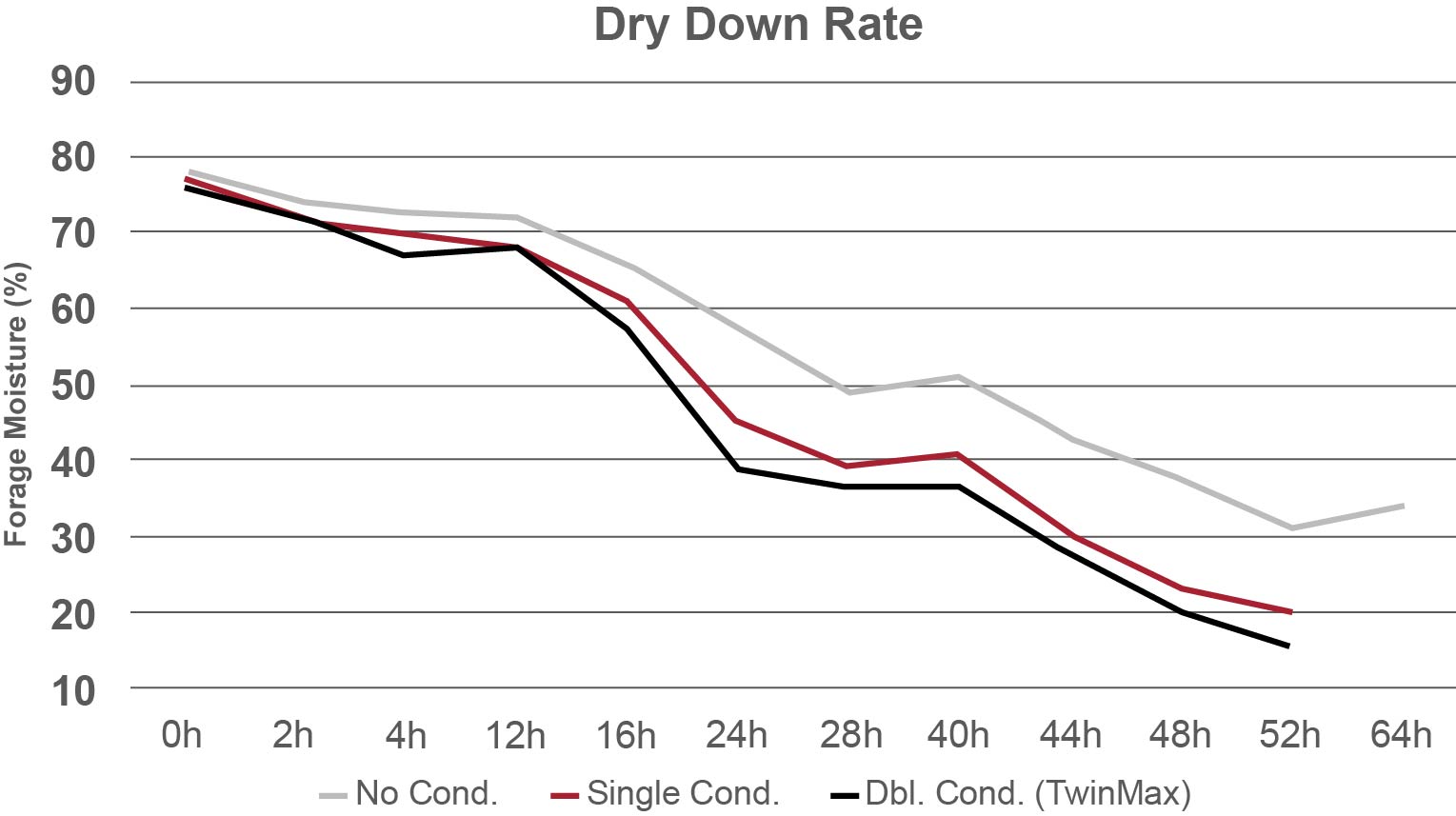
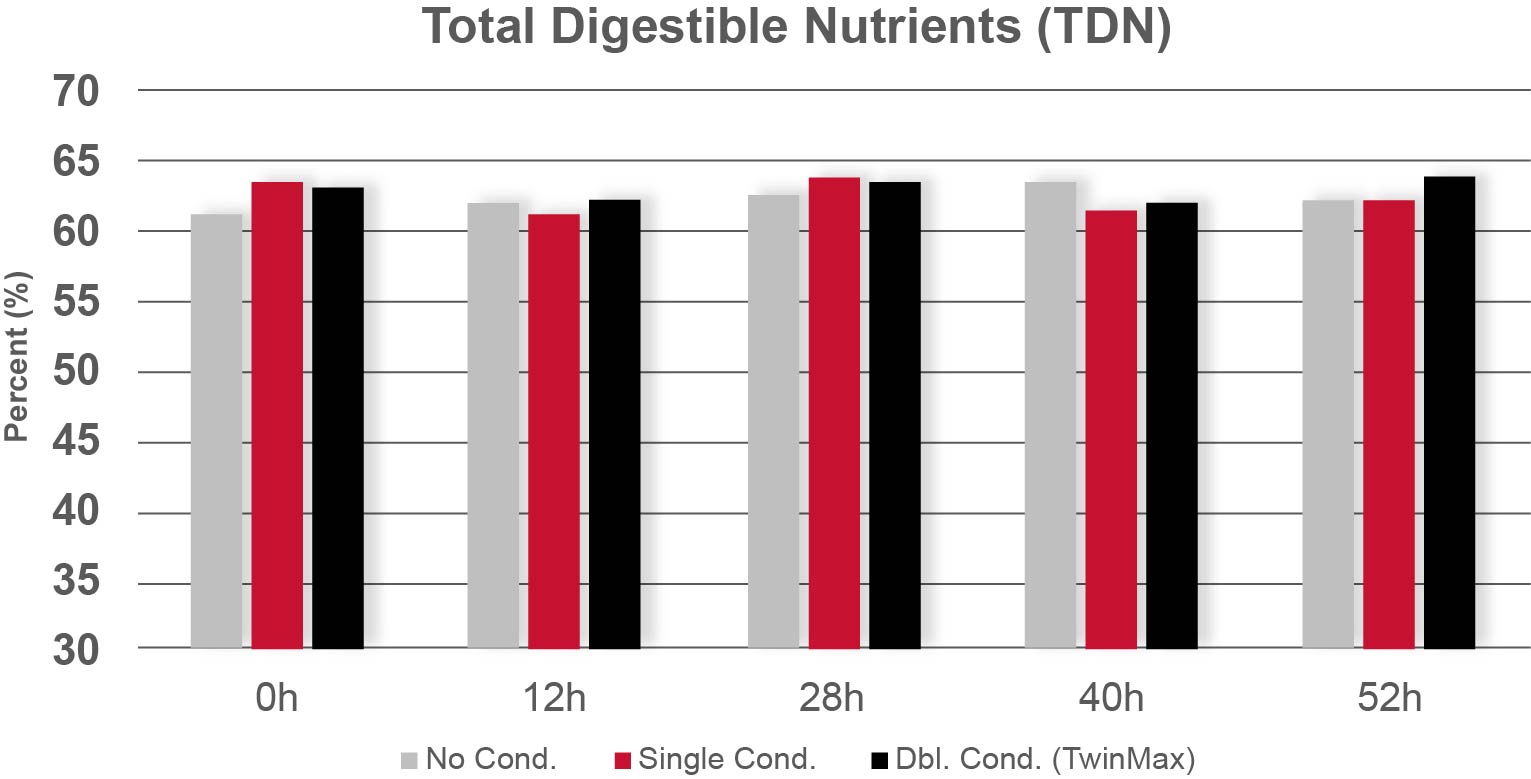
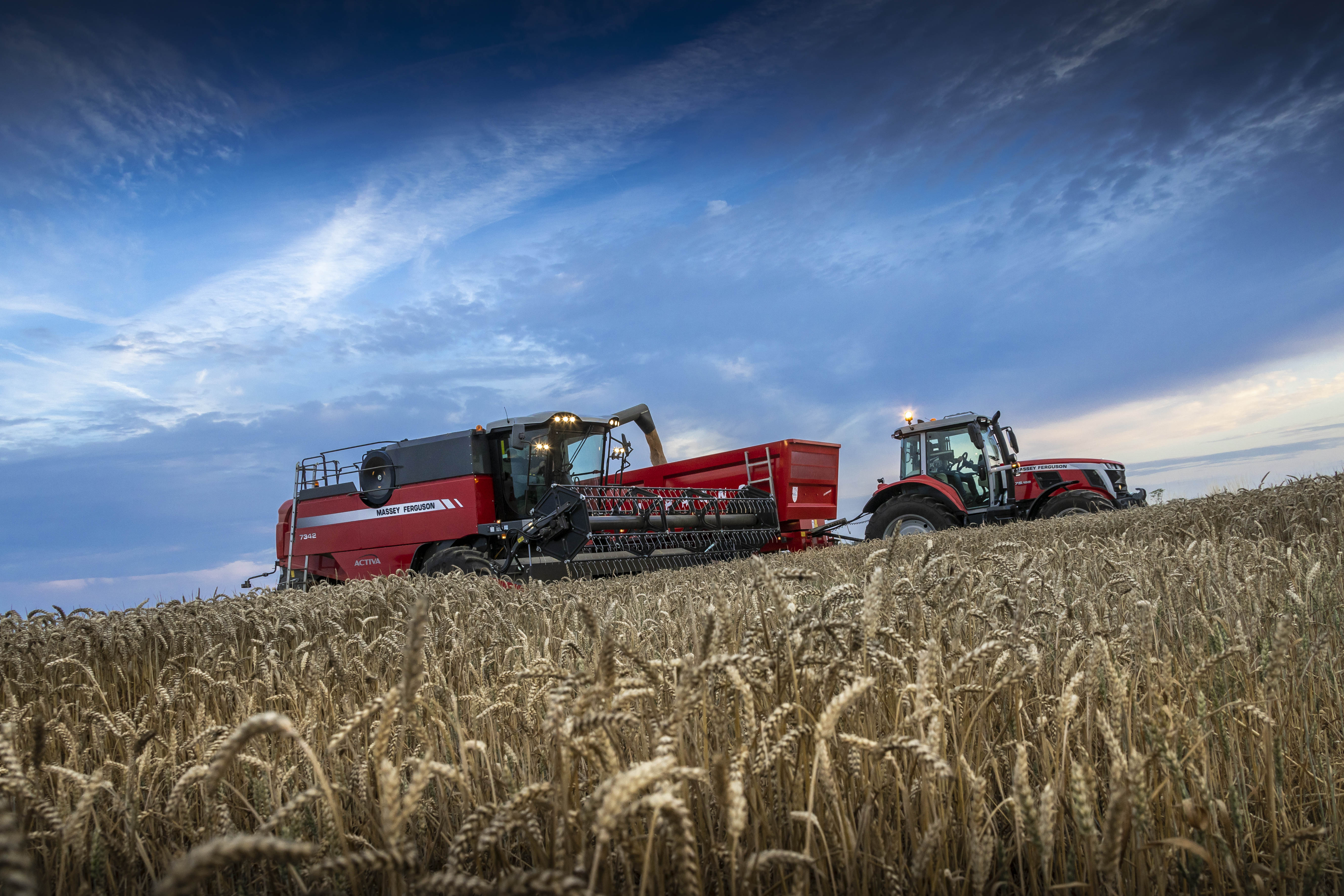
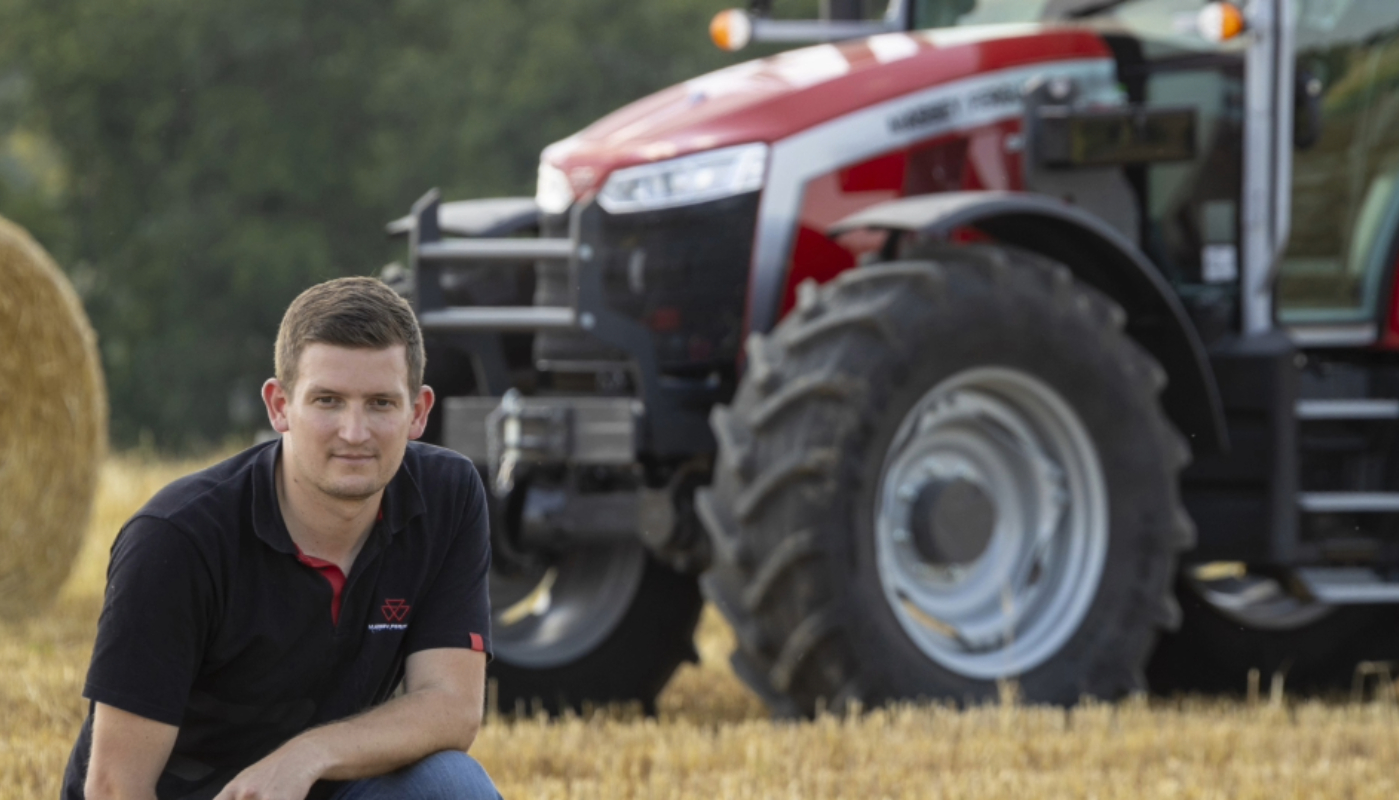
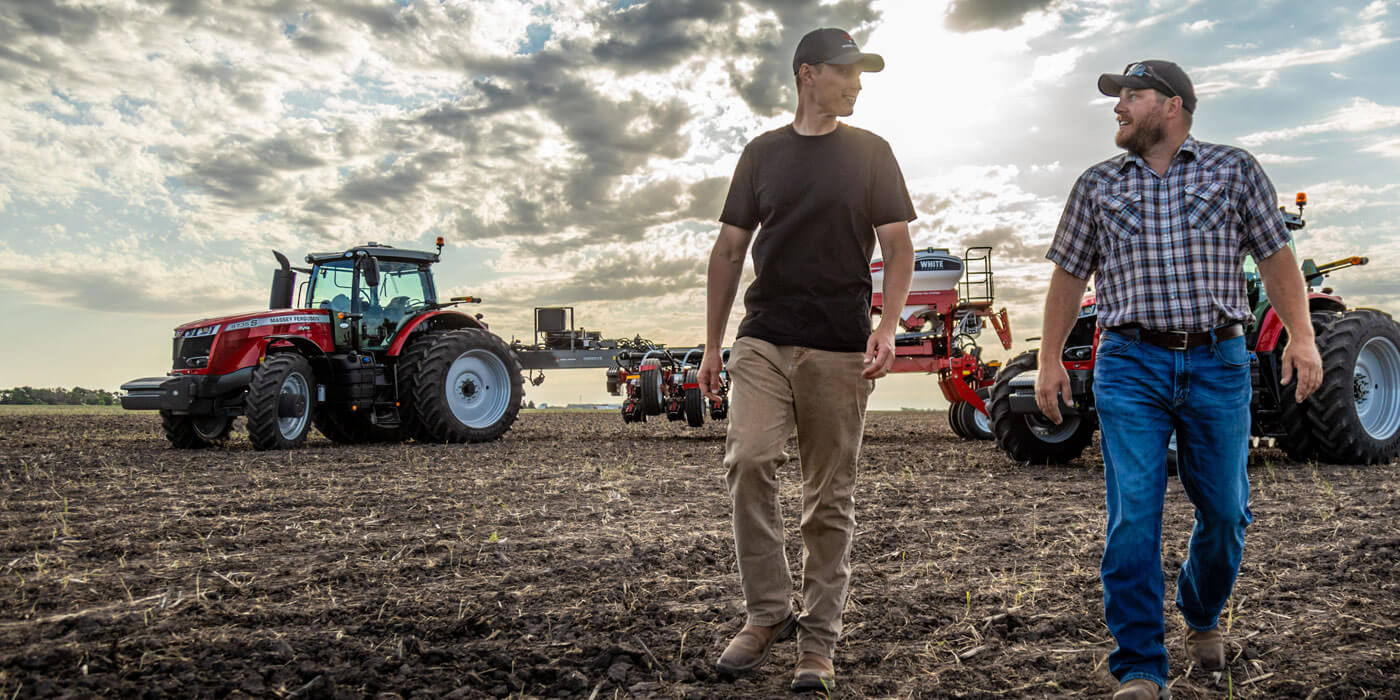
Share